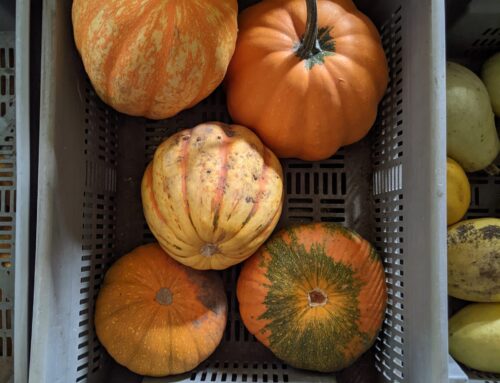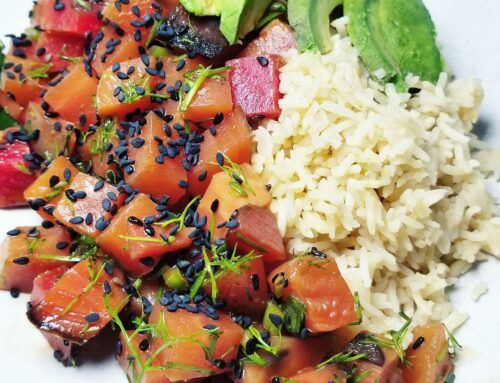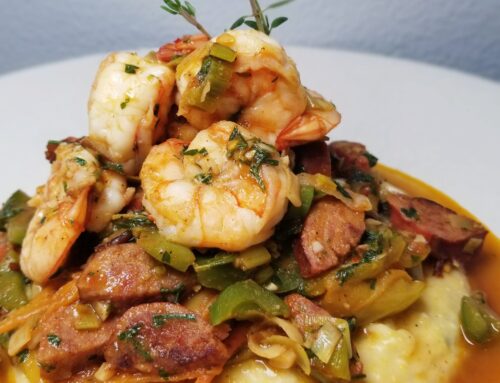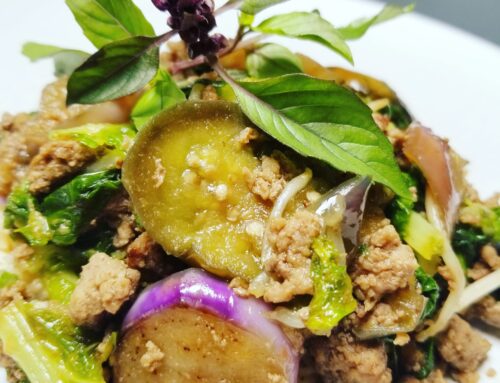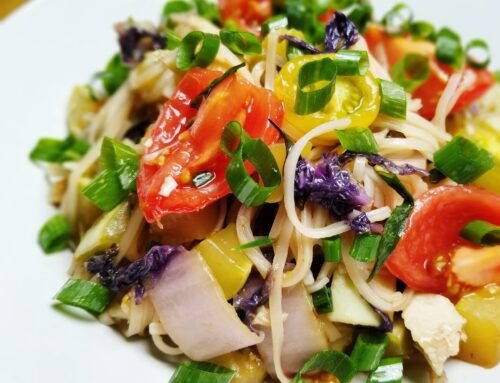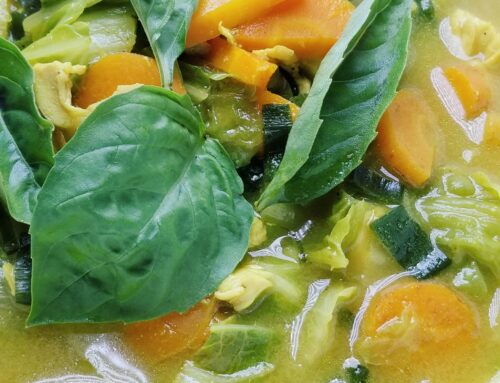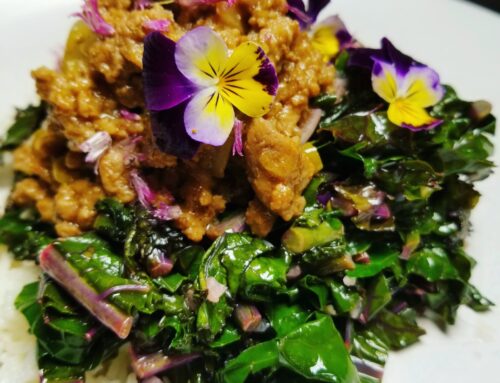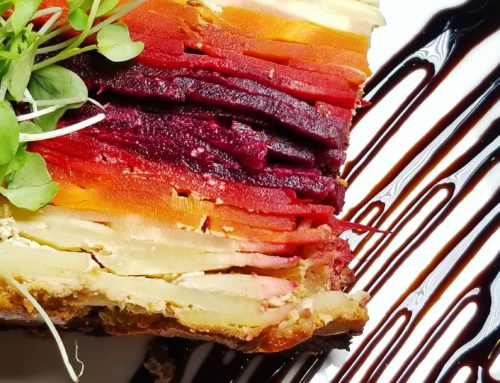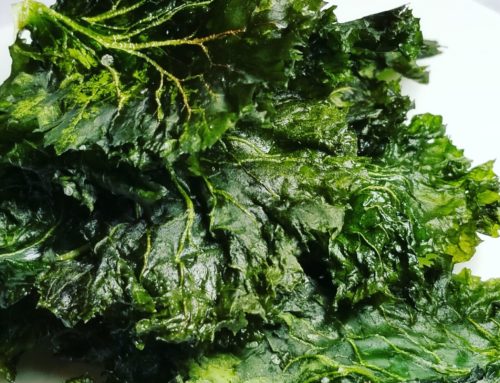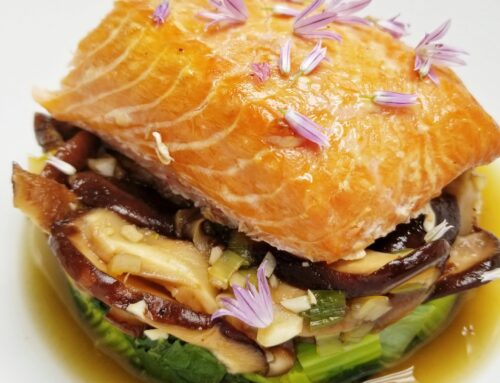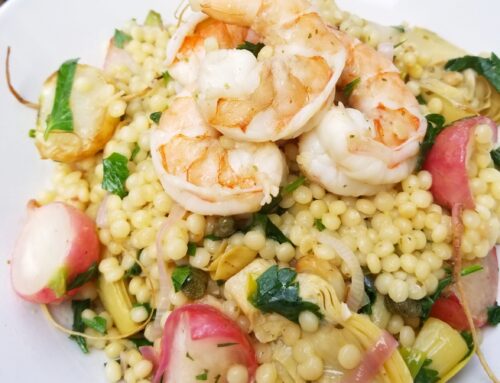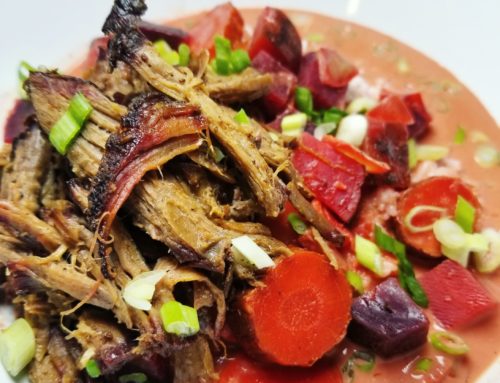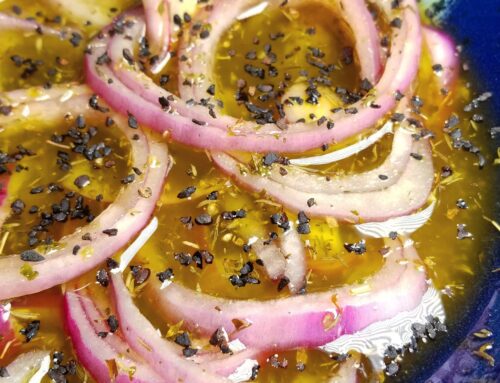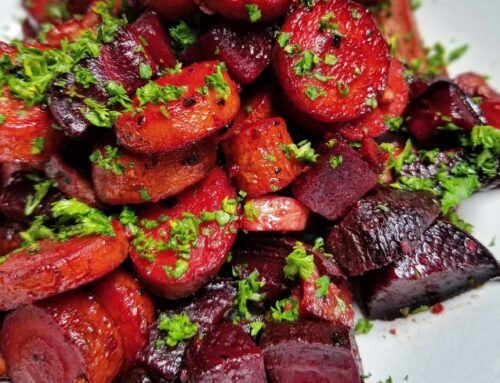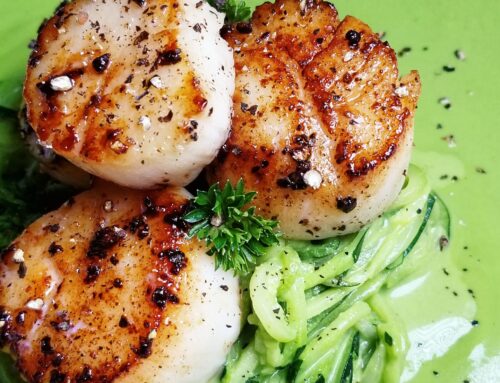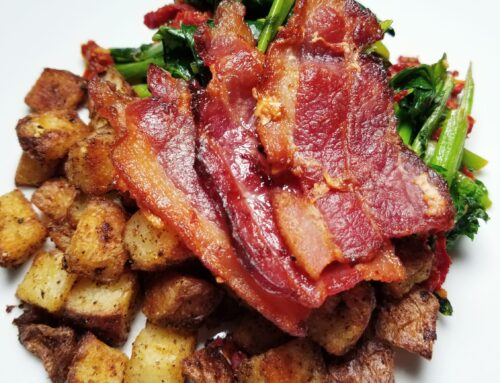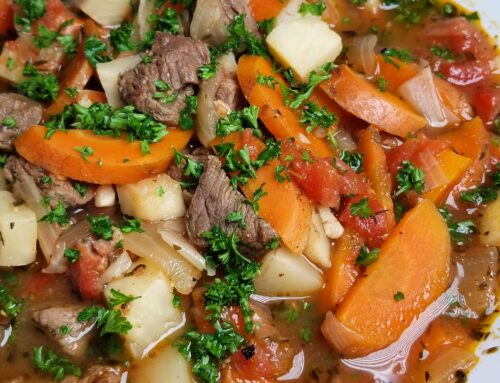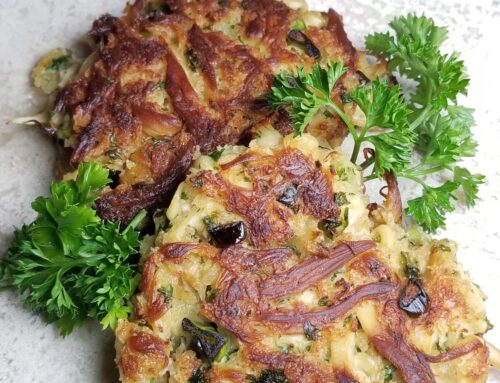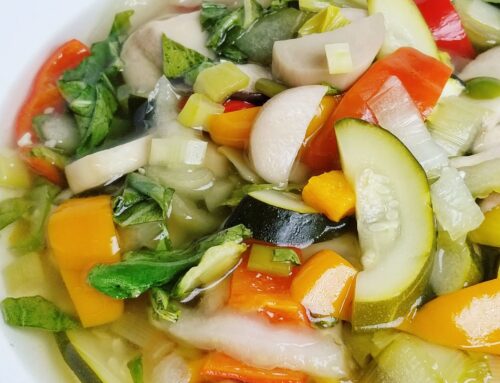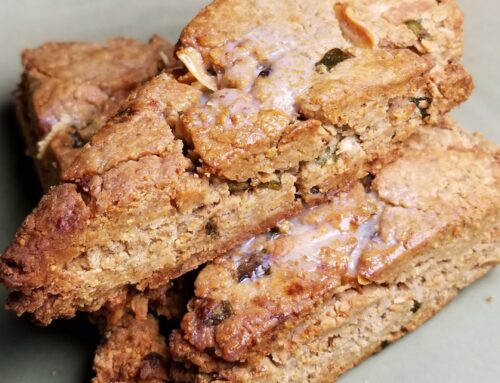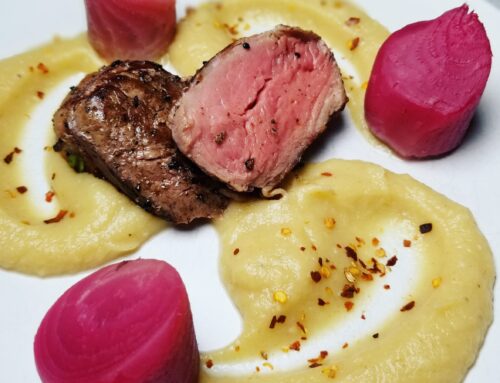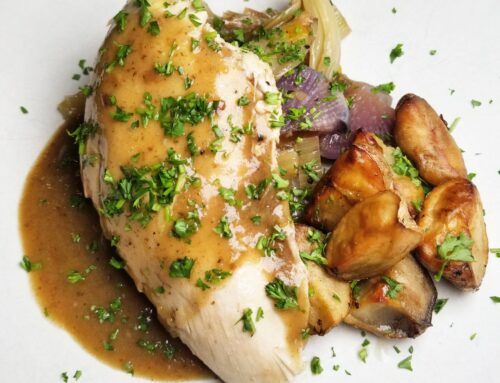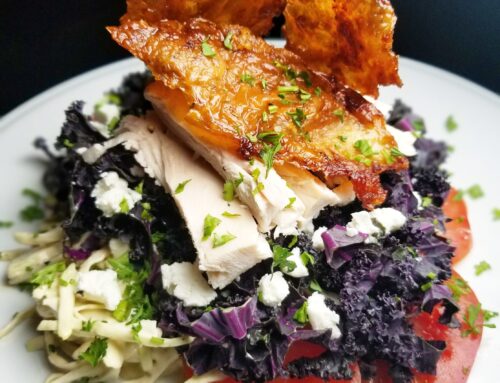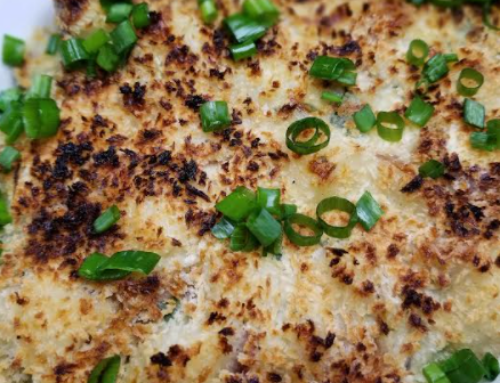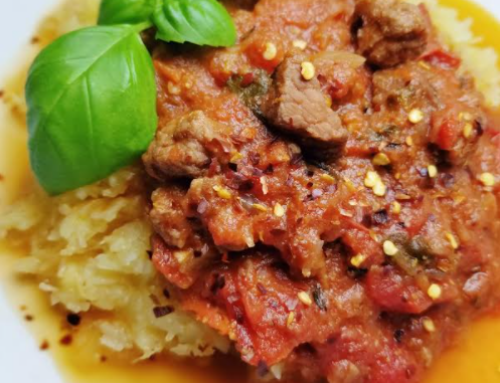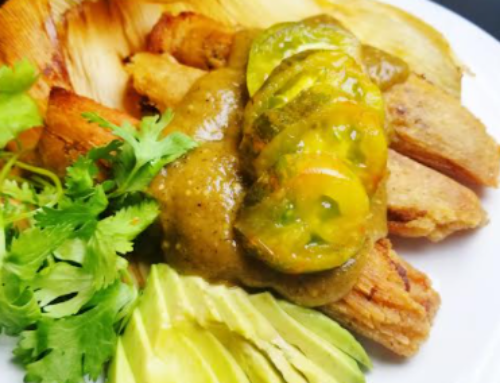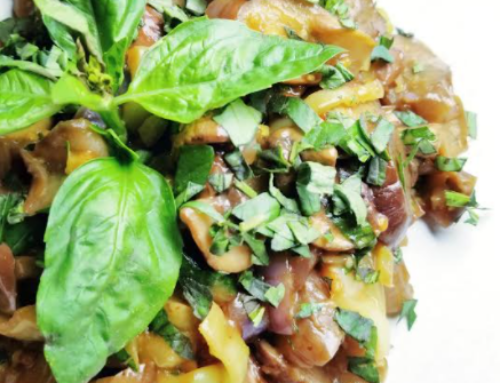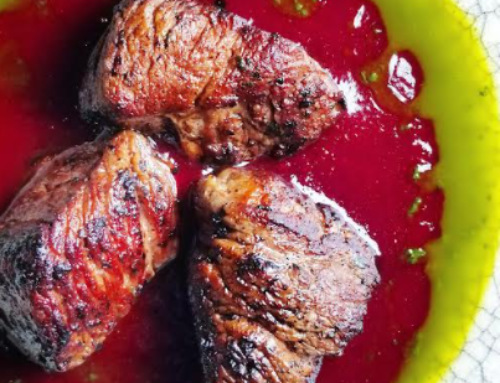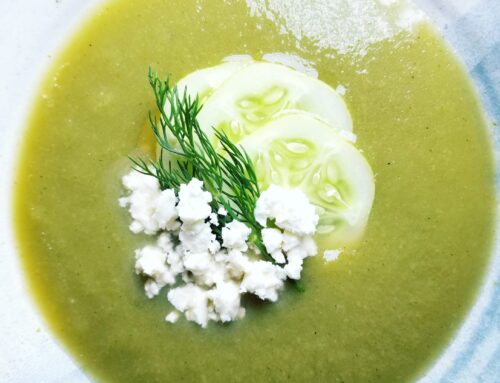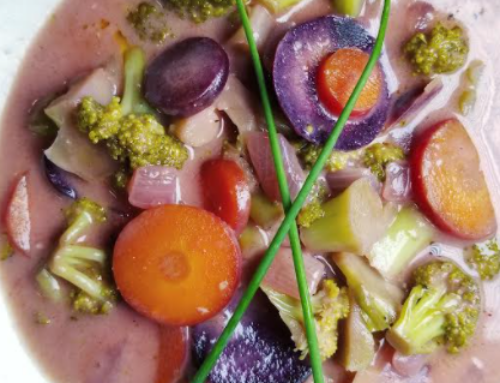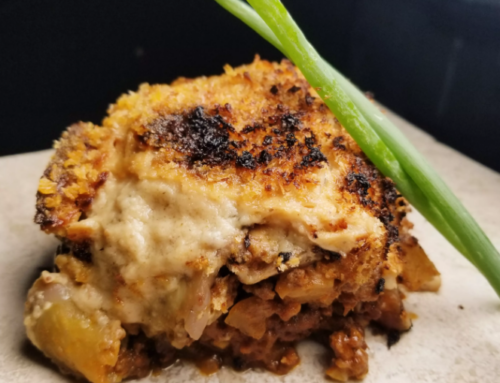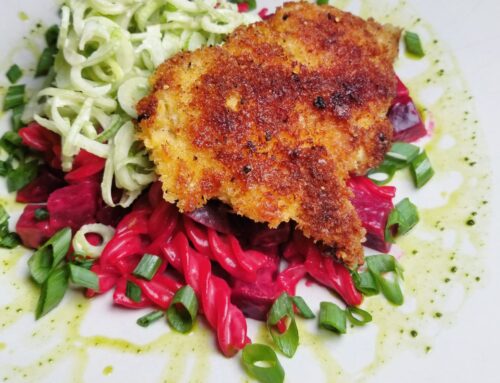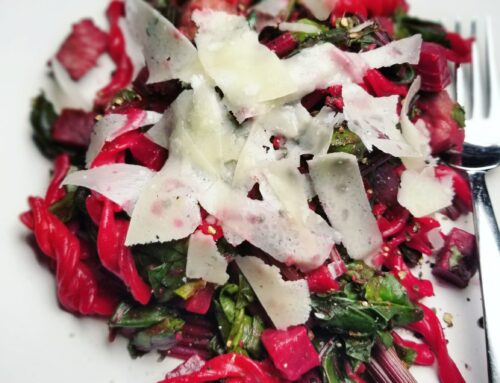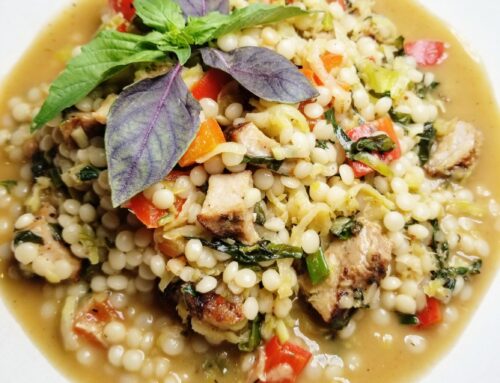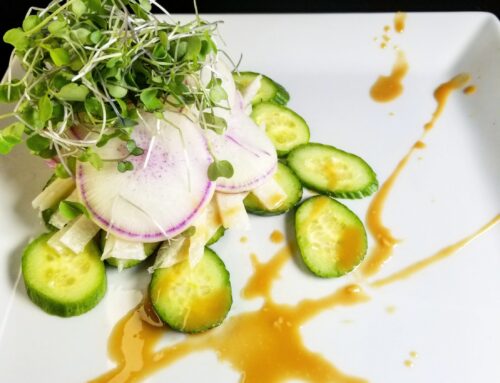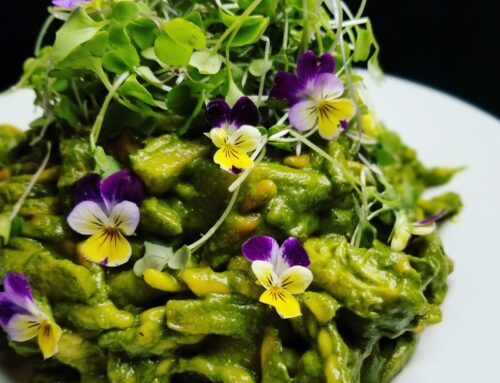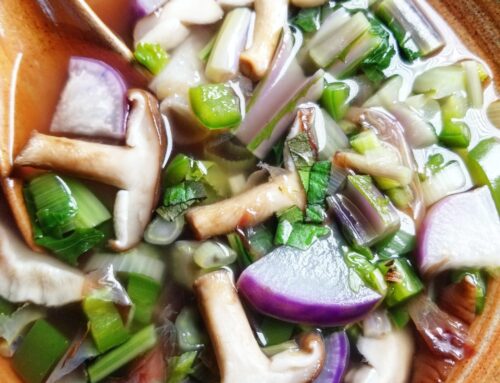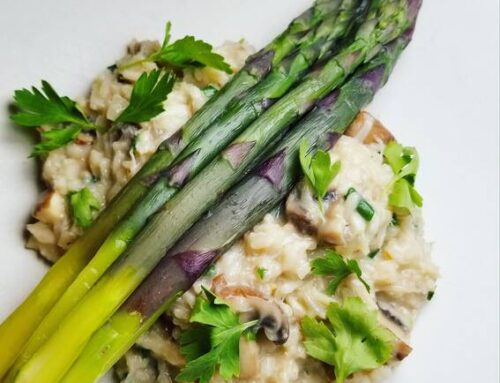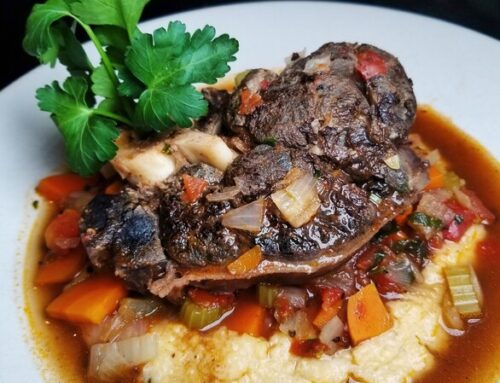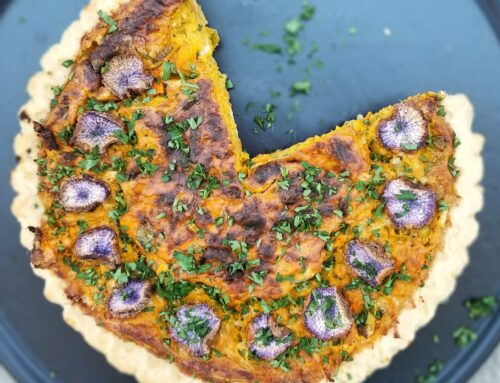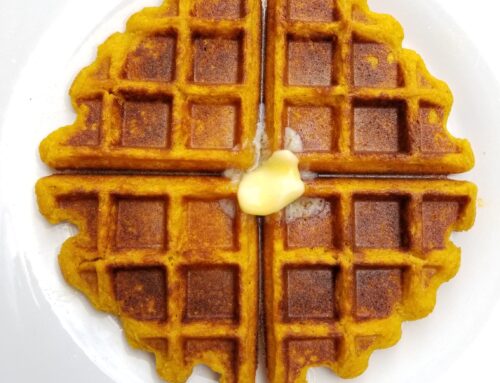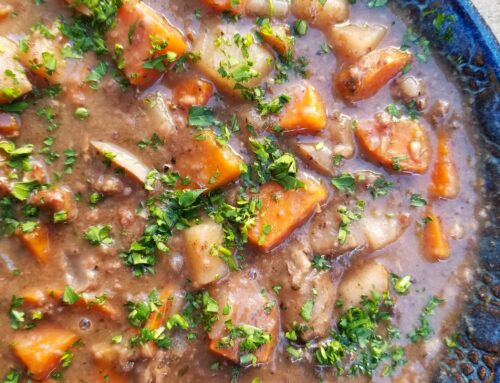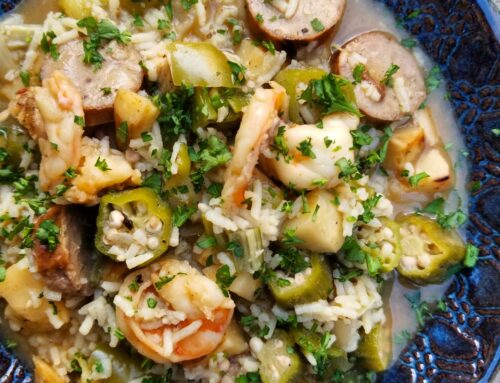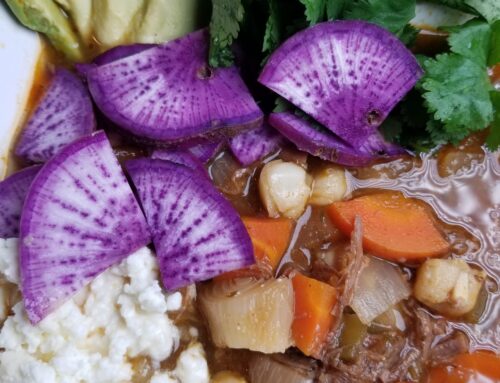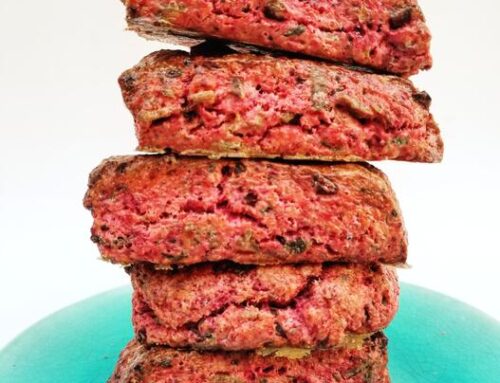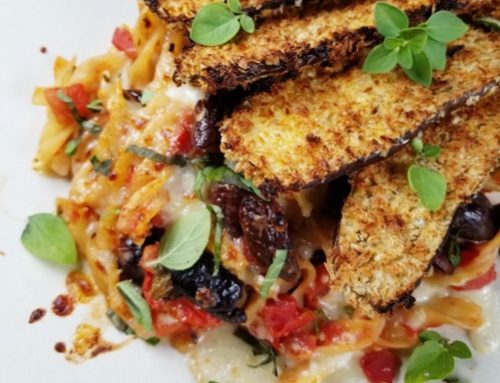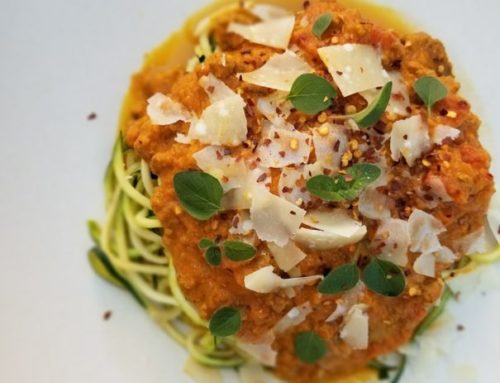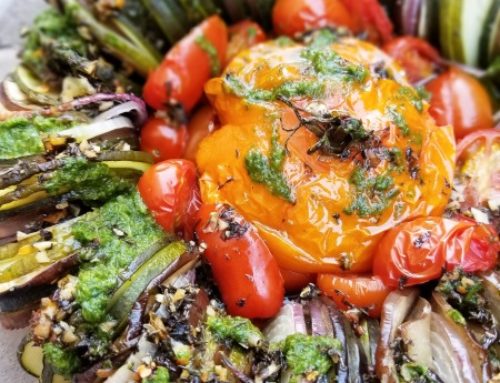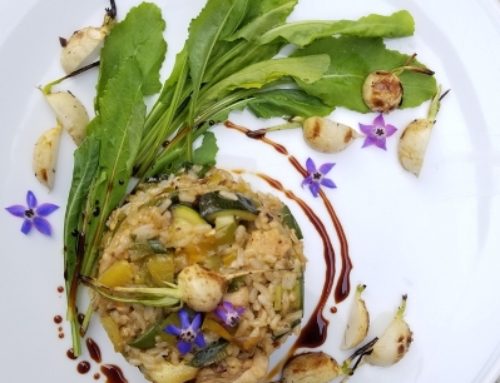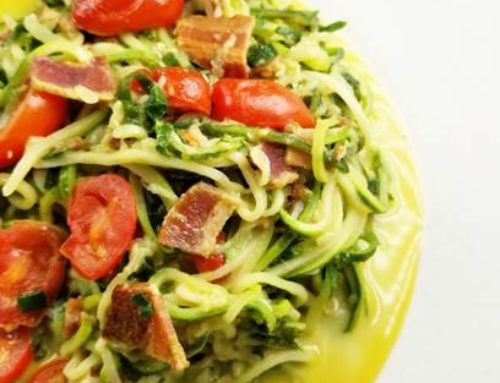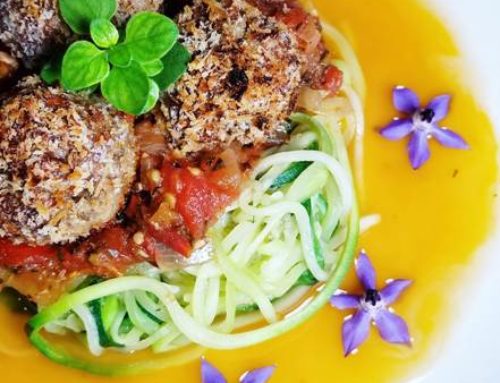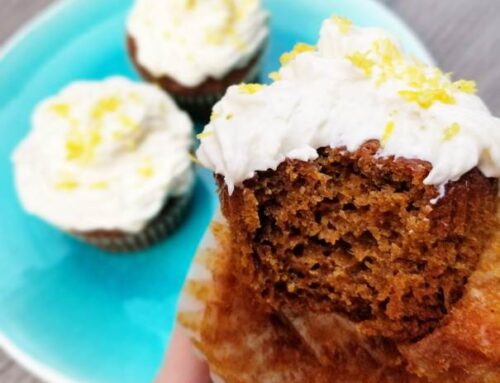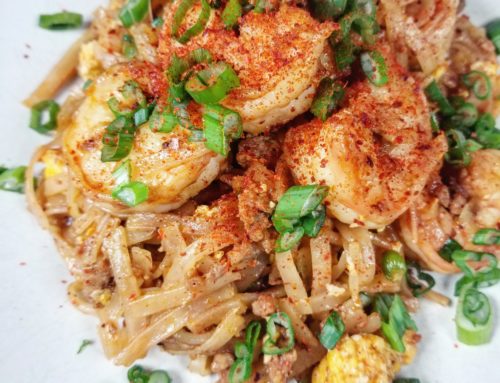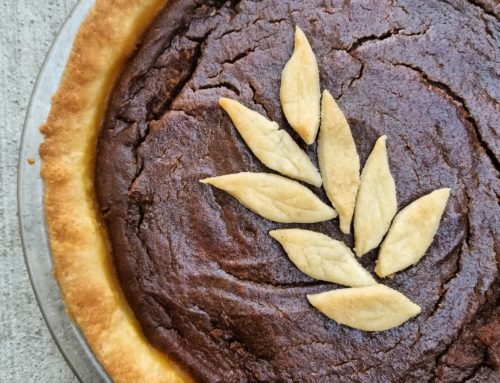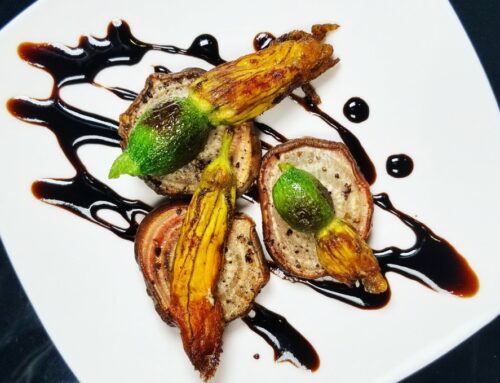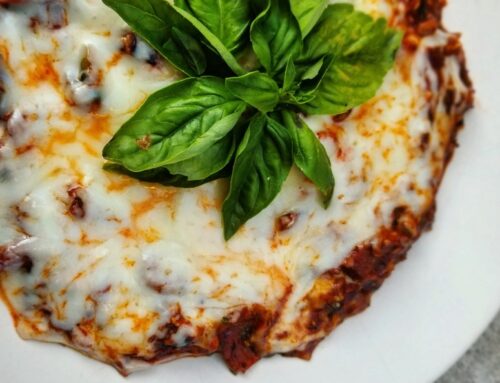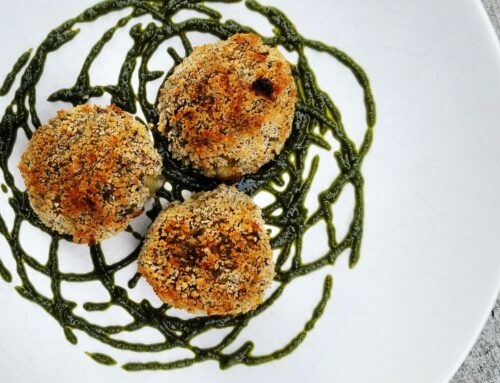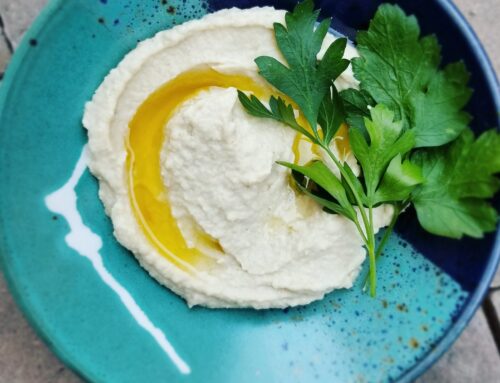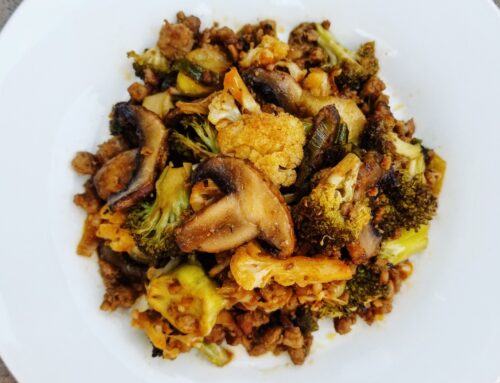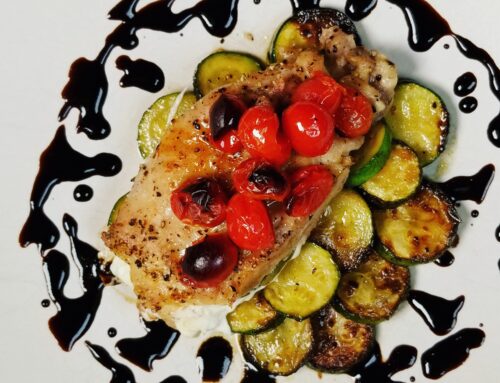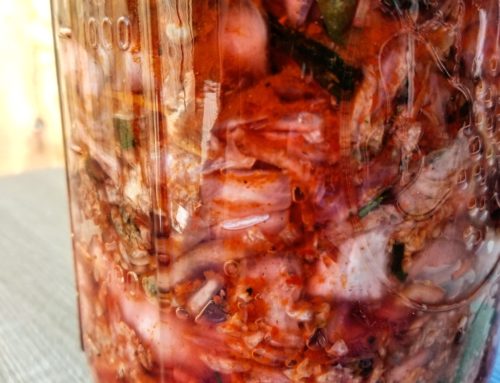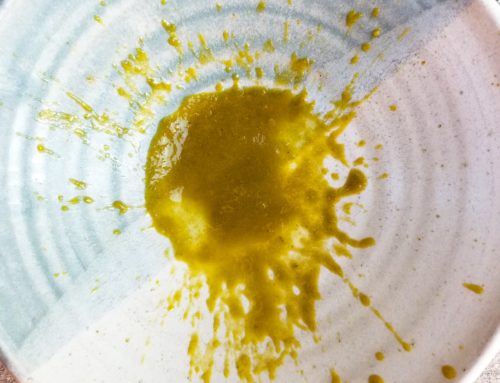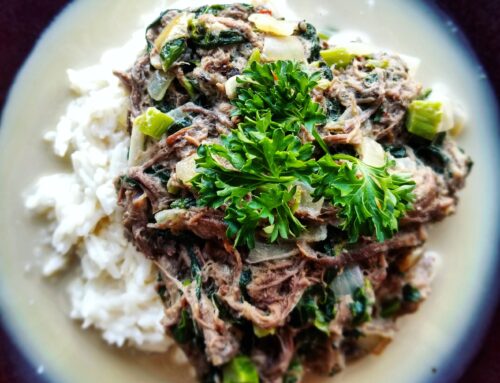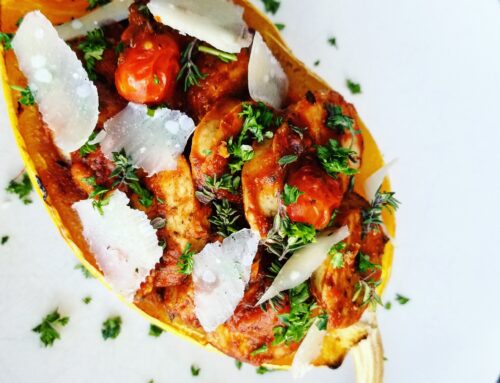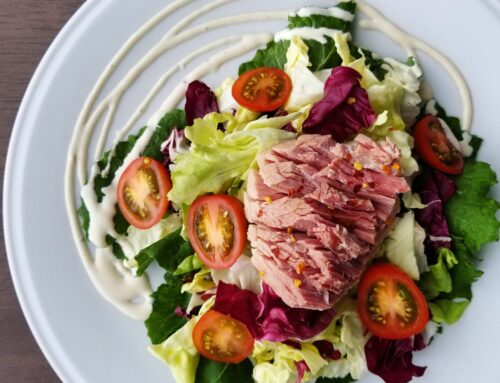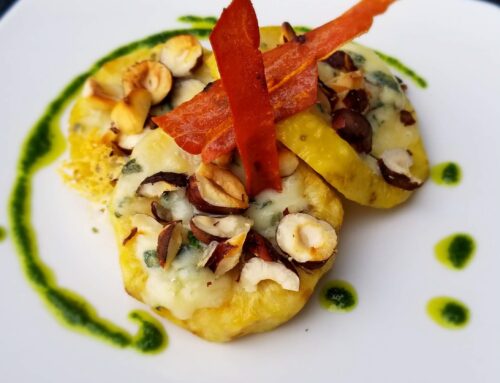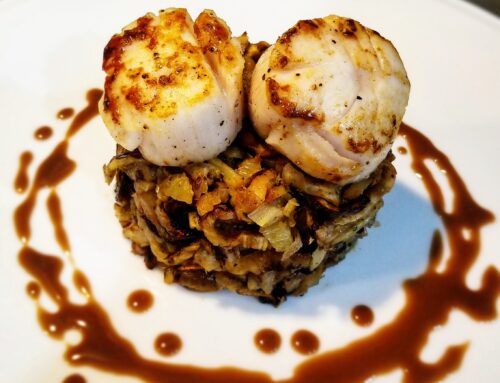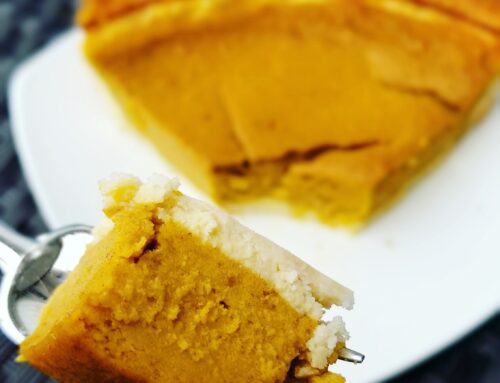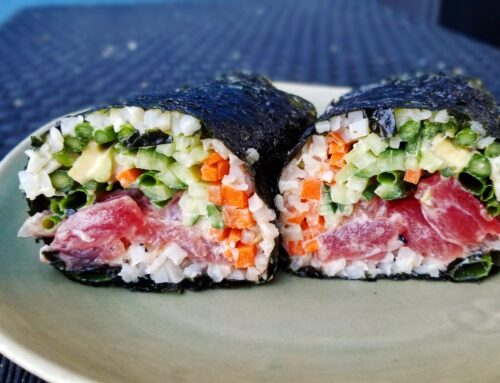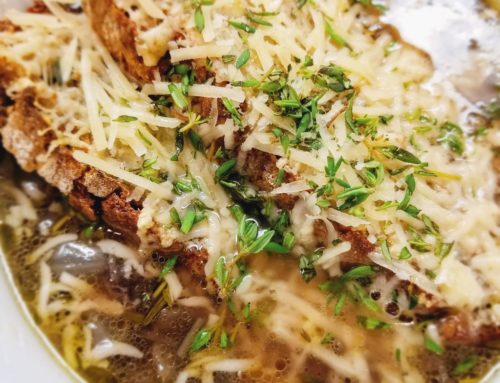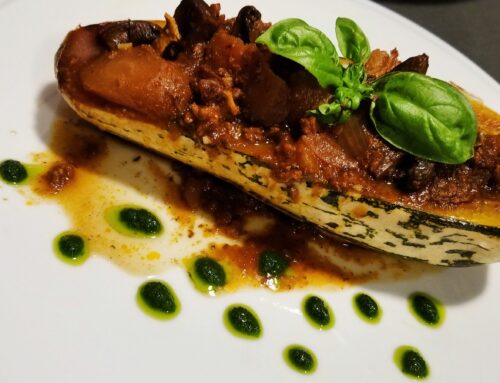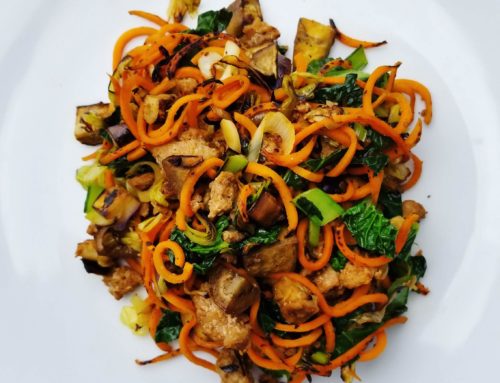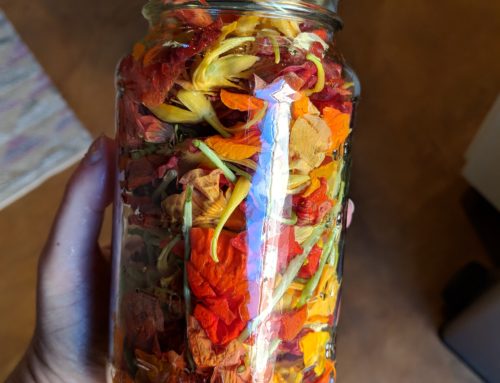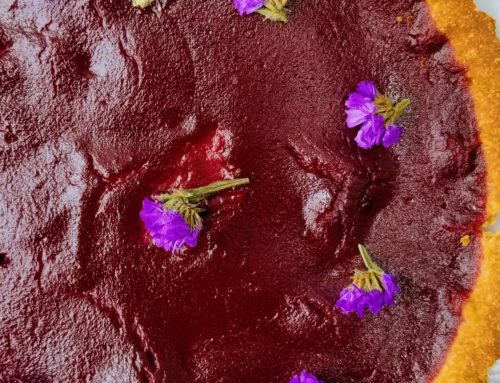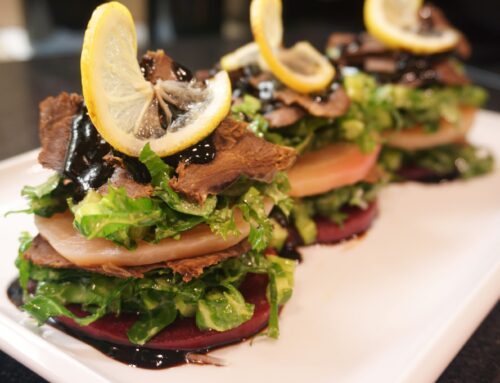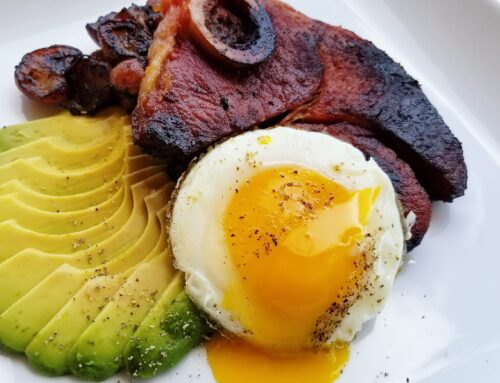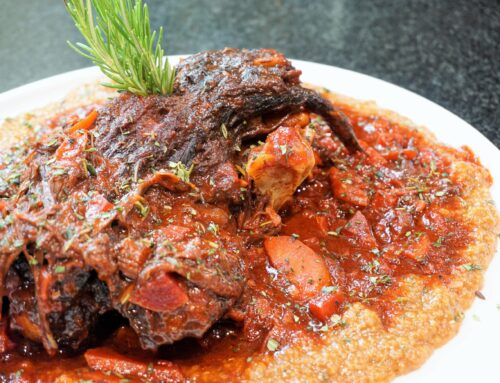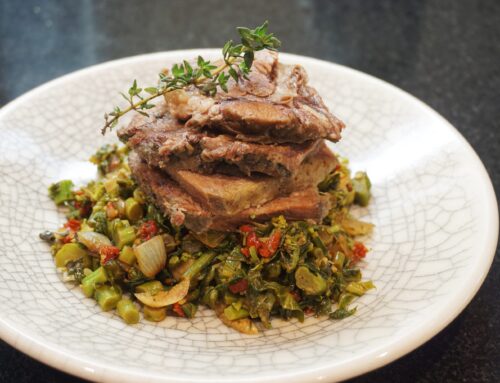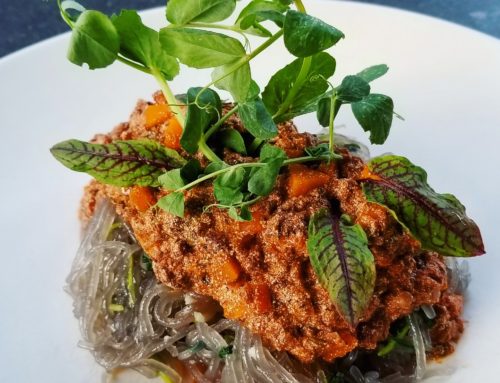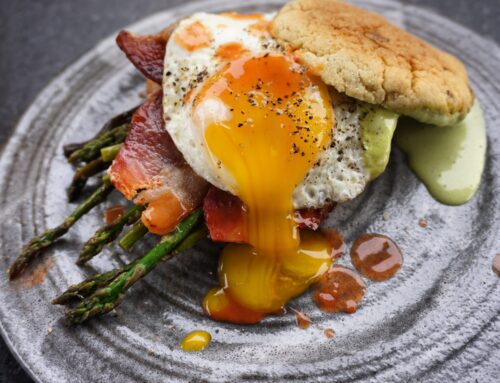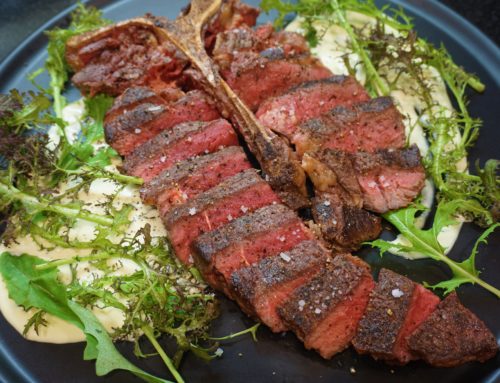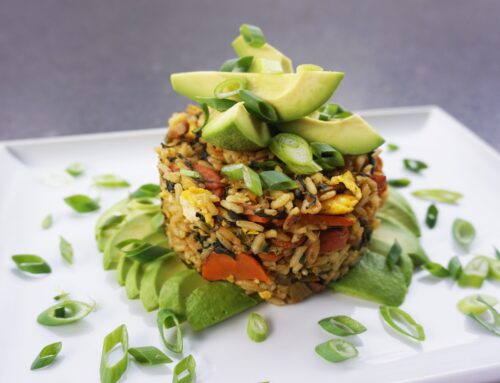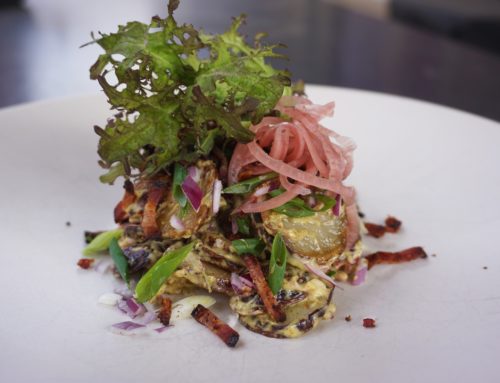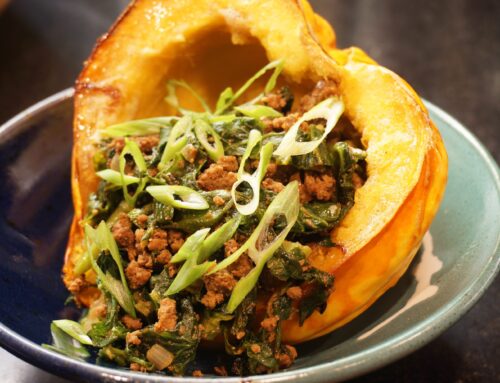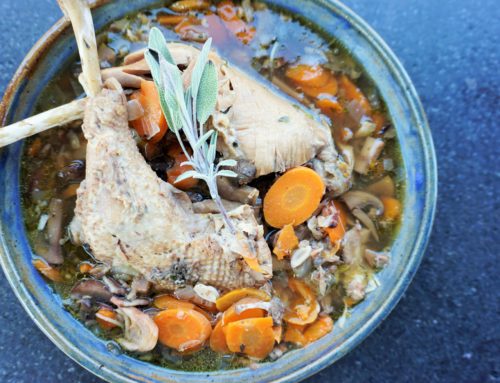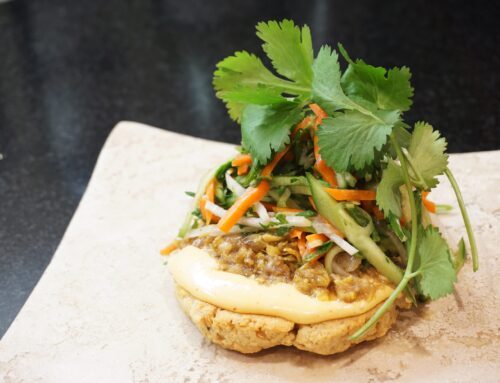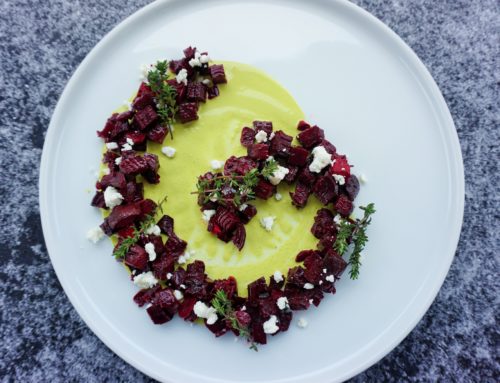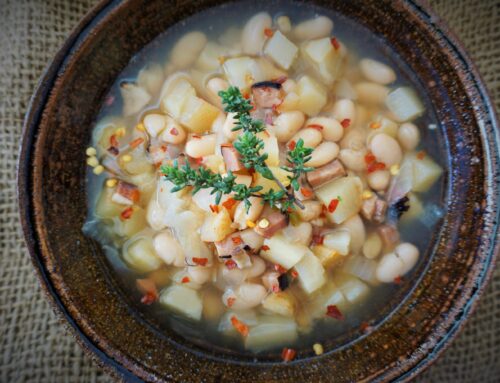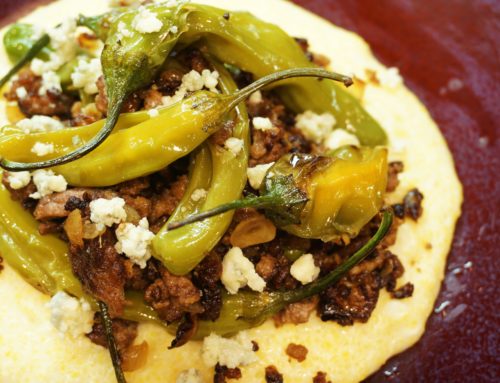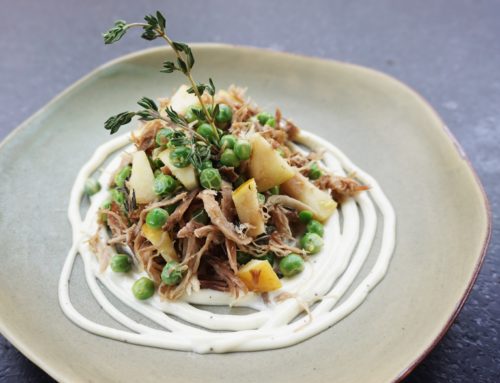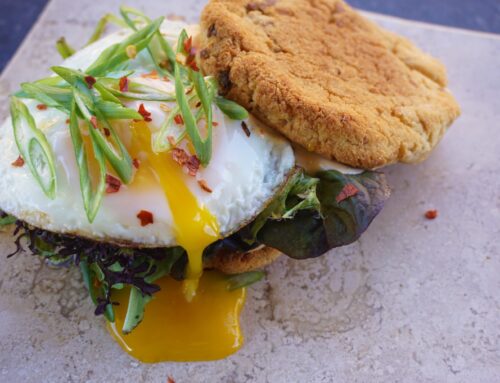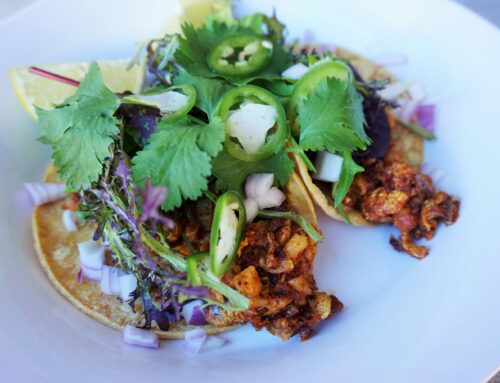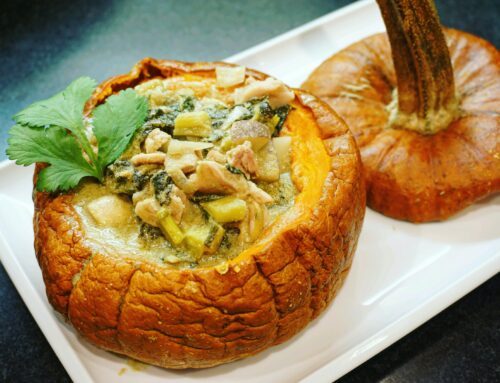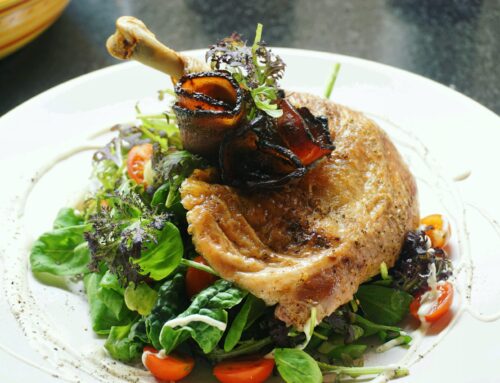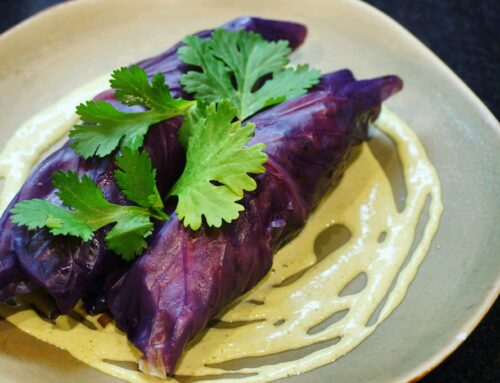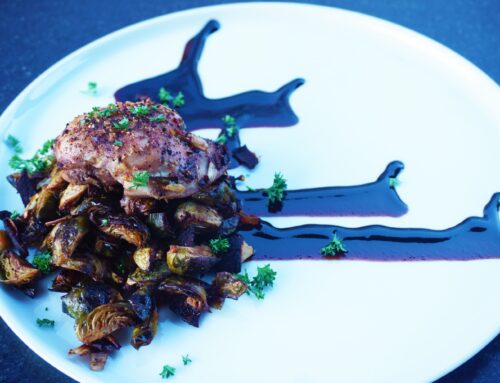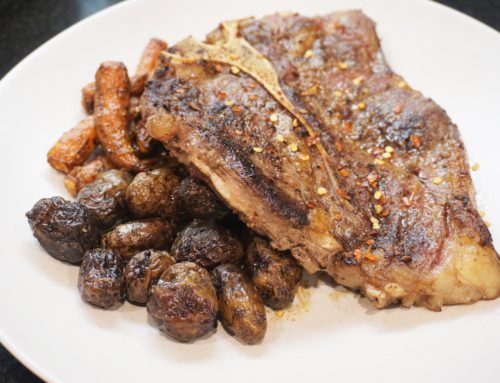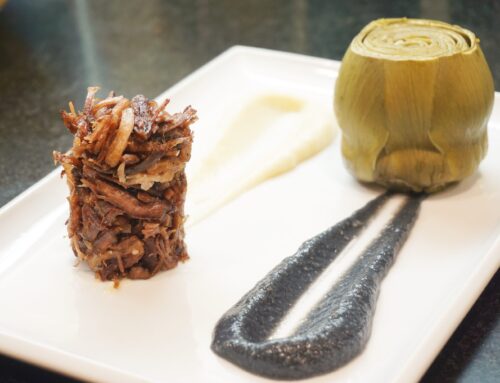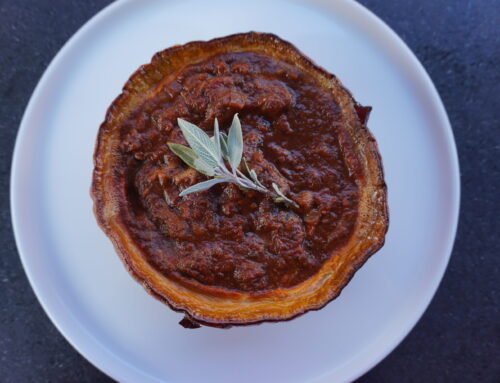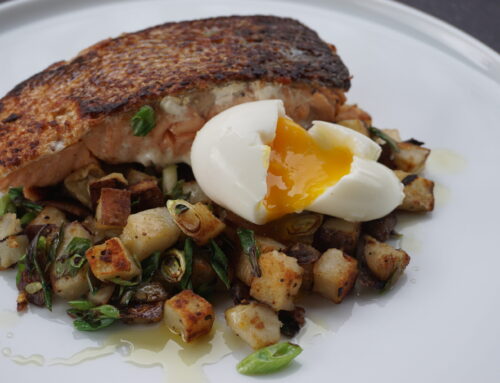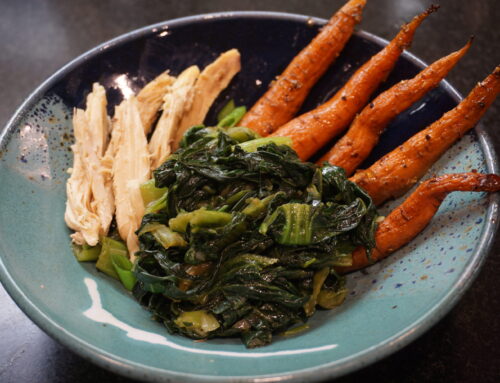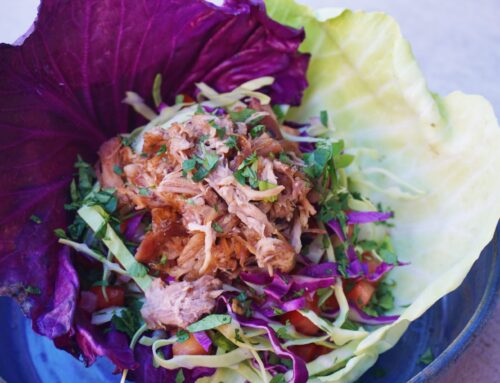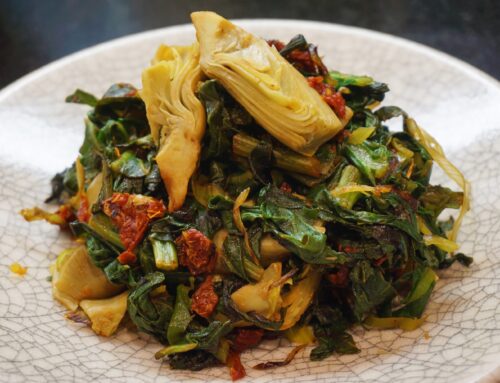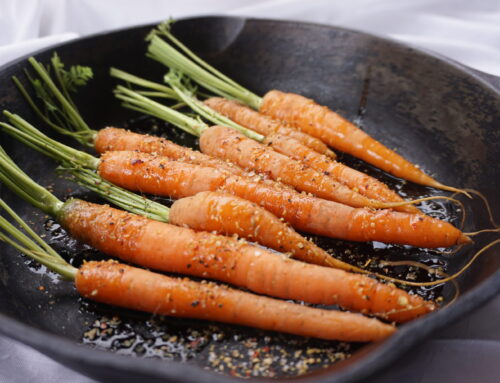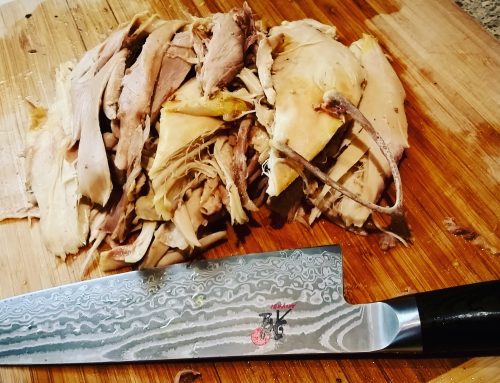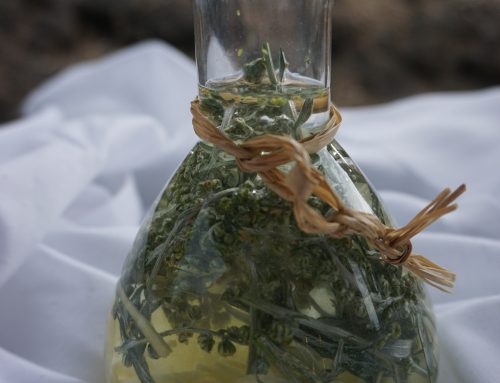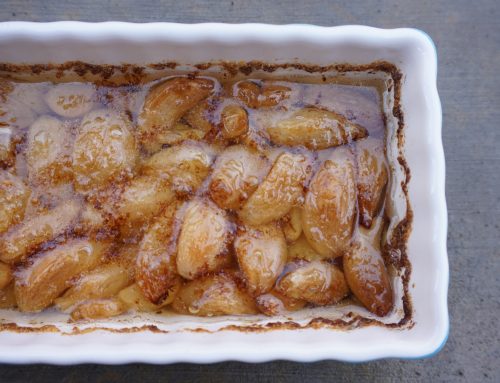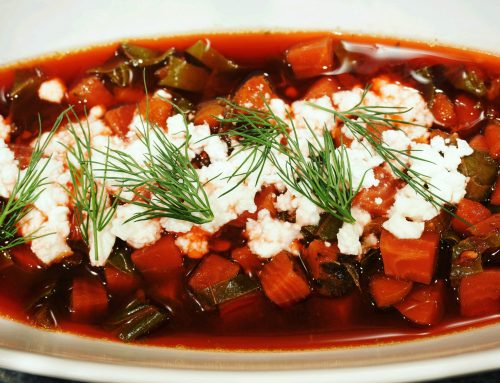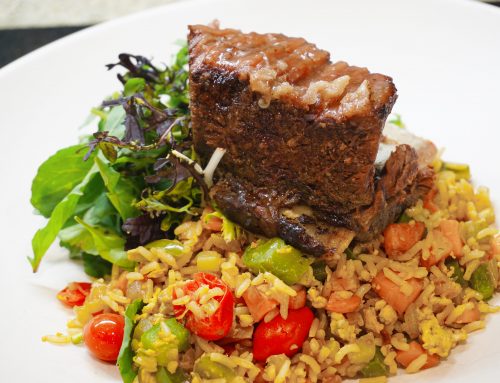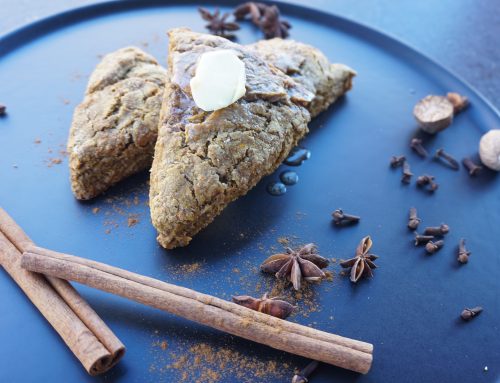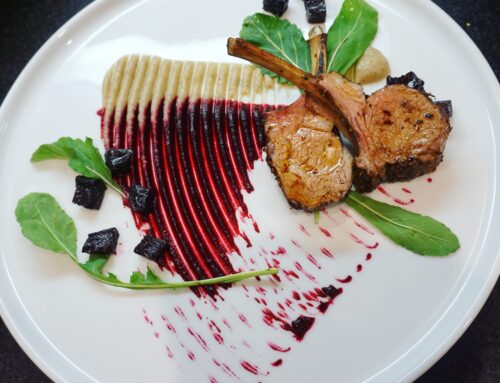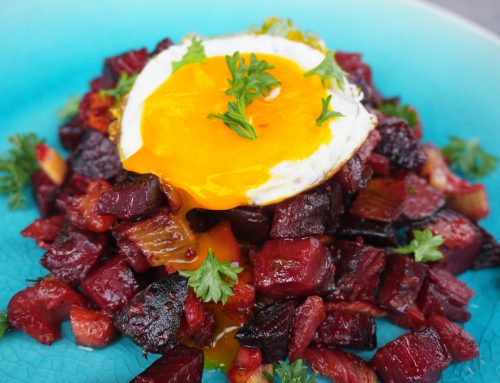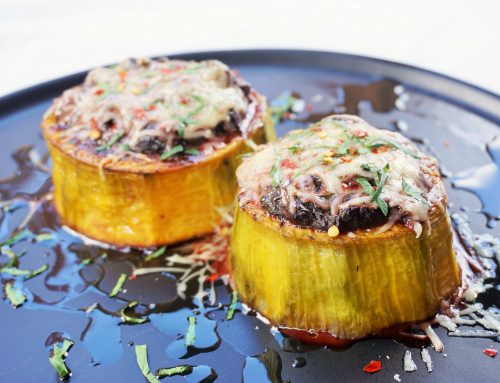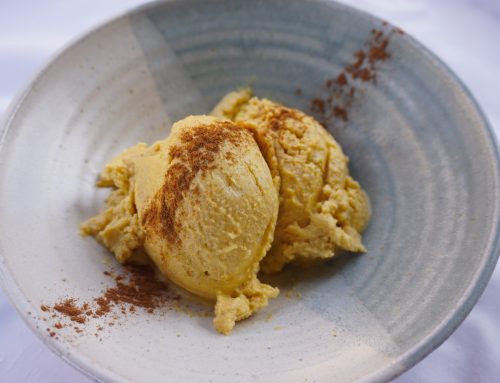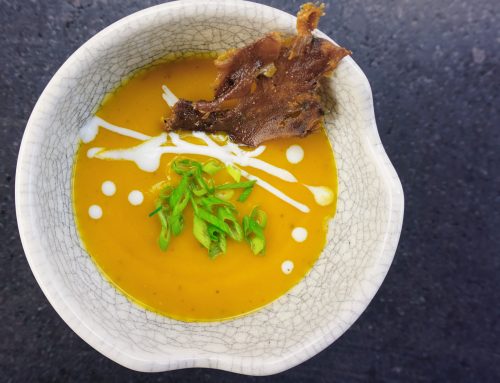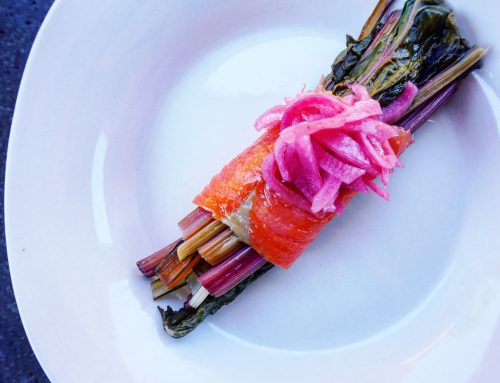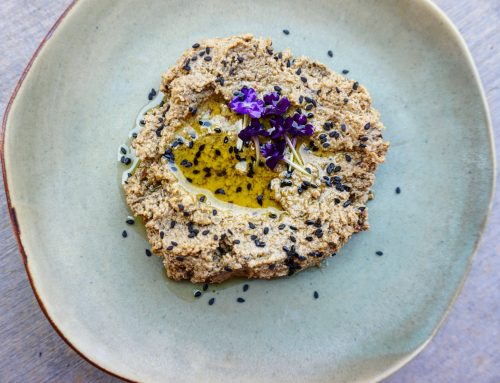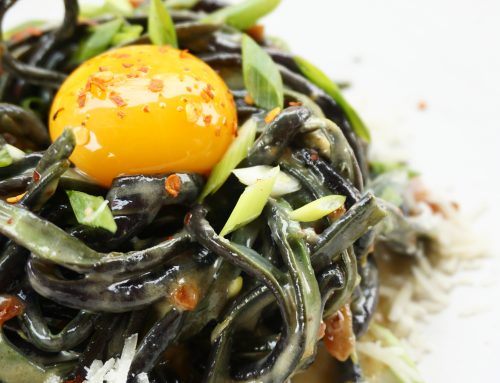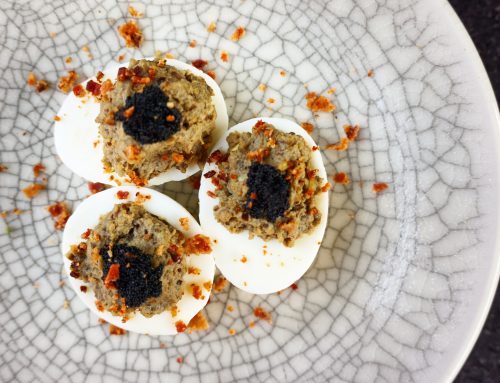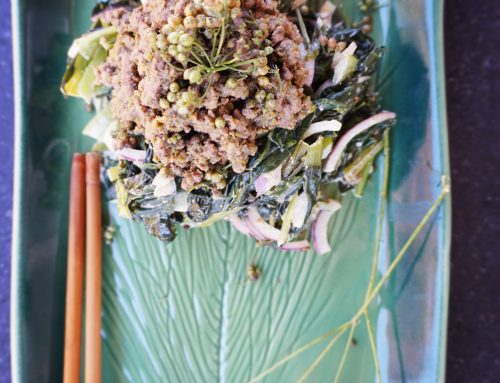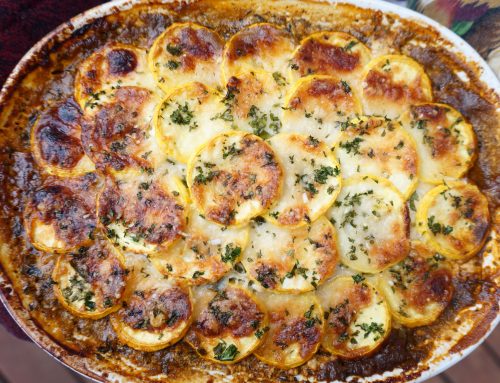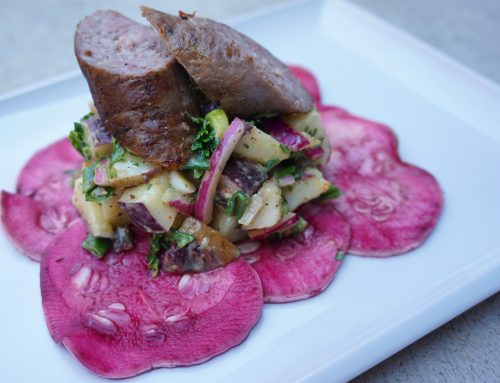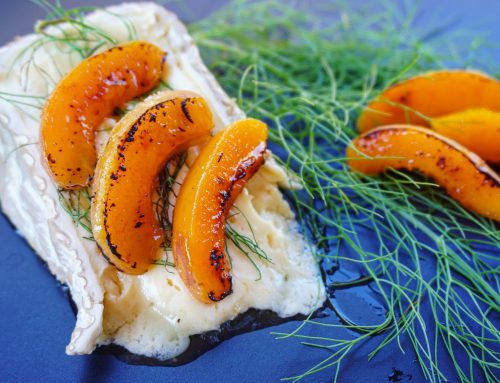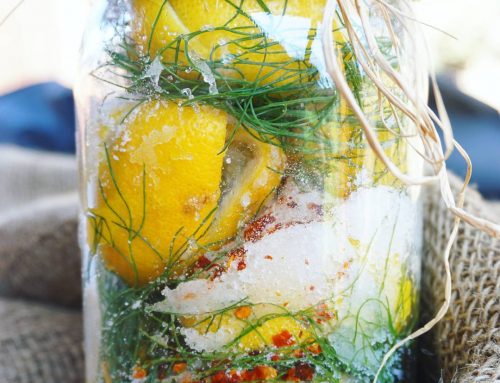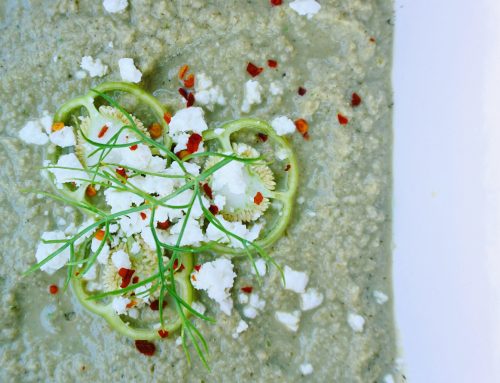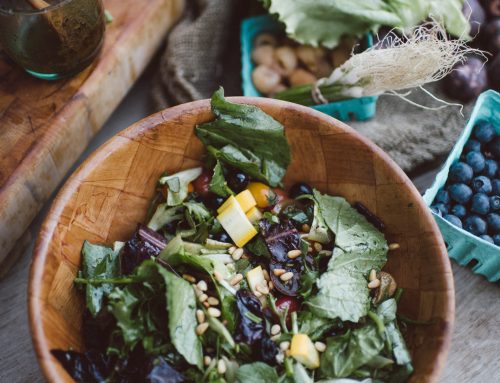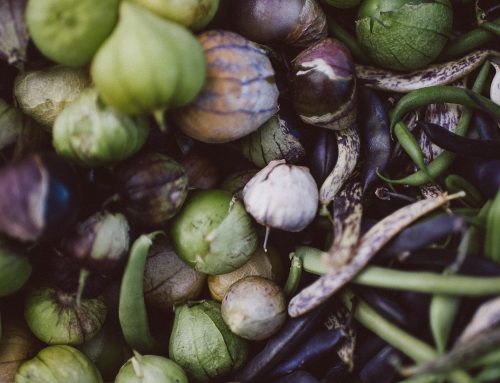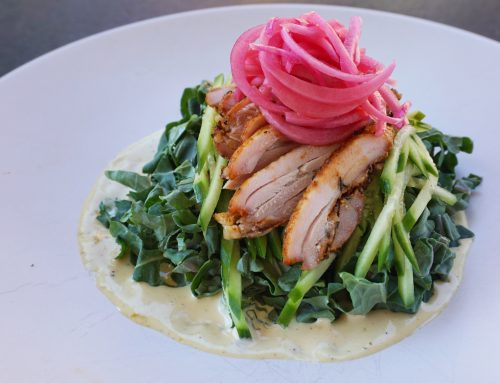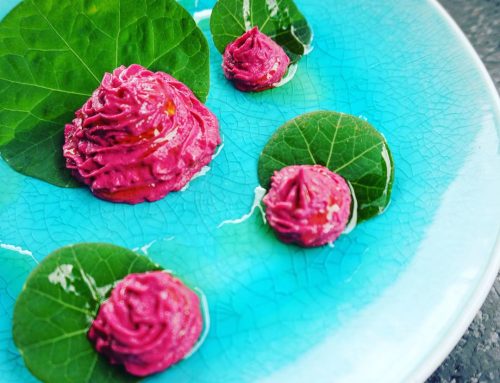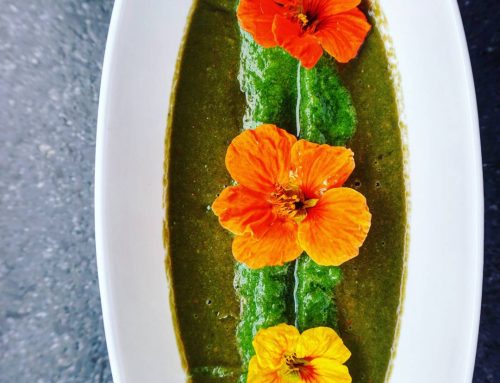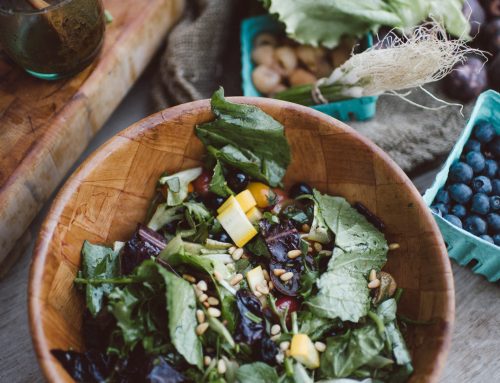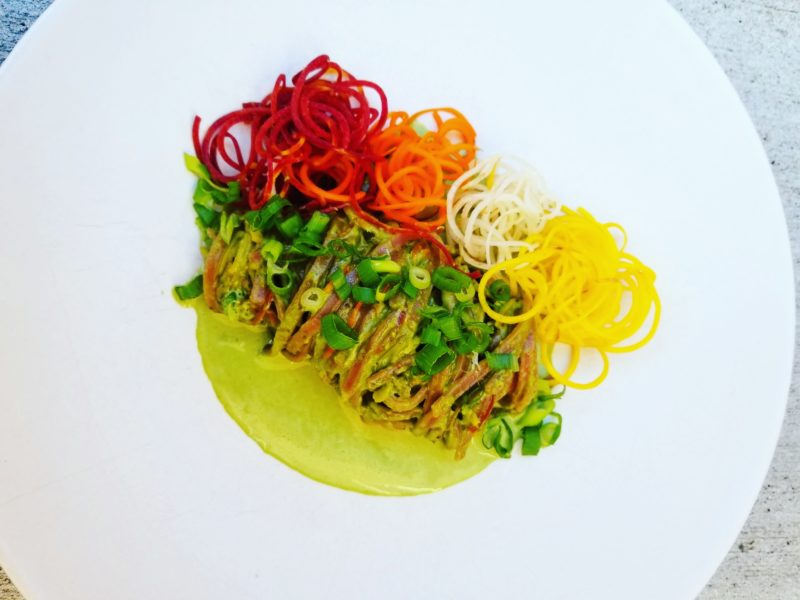
If you’re like me, you hate wasting anything that you spent your hard earned money on. (Don’t act like you’ve never stuck your hand in an almost empty peanut butter jar to get the last nutty taste!) It feels badish-akward when you do it because you have no idea what you could possibly do with the ‘unusable’ bit. Like, you have this beautiful fennel bulb that comes with all this gorgeous lacy delicate loveliness, but outside of maybe a garnish, it all goes in the trash. Not today, folks! I just spent a couple of weeks eating my way through Tuscany,
and let me tell you, there is so much fennel in everything. Tis the season here as well, so I needed to keep the trend going. The fronds taste the same, so I’m putting them in any dish I can think of. That mild licorice flavor lends itself to the flavors of so many different cultures, and today it’s Italian. Also, have you heard about anethole? Look it up, because it is a sweet compound in fennel that helps prevent cancer in a big way. Delicious and cancer inhibitory? Double whammy if you ask me.
First of all, I want all the probiotics, so I pickled the whole lot.
A simple pickle brine is:
Sterilized mason jar
- 1 TBSP kosher salt dissolved per Qt of water
- Time
So the whole thing with lacto-fermentation is safety from pathogenic bacteria. We want the gut promoting species growing here, not the ones that will make us ill. This isn’t canning, so it is even more important to stay safe, keep it all sterile, and let nature do its thing.
- Fill the jar with fennel fronds pretty tightly up to about the neck, but enough to get water around it all.
- Fill with brine above fennel line
- I was also chopping up some kohlrabi this day, so I used the skins to pack the fennel below the waterline of the neck. This part is important. You can’t have ANY of the produce above the brine line. It will oxidize and grow pathogenic molds. I usually use part of the bulb itself to submerge it… but they make glass disks you can buy especially for this. I have used marbles, shot glasses… I get creative for gut health, ya heard?
- Put a couple paper towels, washcloth, or a coffee filter over the top and put a rubber band around the top so the jar can breath.
- Leave it in a dark cool corner for a few days, periodically checking to make sure it is all still submerged. This is because fermentation causes CO2 to form and bubble to the top, which can push the veg out of the brine and sully the pickle.
- After fermentation starts rolling, put the jar in the fridge with the lid on half way for 10 days or so. Keep checking to make sure the pickle is submerged. (I personally go many weeks, sometimes months because I LOVE sour)
Now we’re ready to cook… Pasta Primavera with Fennel Crema
Pasta Primavera (This just means use vegetables available to you freshly in season. You can totally diverge and do what inspires you!)
- 4 Carrots, spiralized (I like the multi-colored ones)
- 3 green onions, chopped
- 1 sweet onion, diced
- Pasta of your choice, about 2 servings (I used red rice and chia seed GF pasta)
Fennel Crema
- 1 cup heavy cream
- 4 oz parmigiano reggiano, diced
- ½ cup pickled fennel fronds
- 1 cup fresh fennel fronds
- ¼ cup fresh basil leaves
- 4 cloves garlic (unless one is your jam)
- ¼ cup white wine
- ½ cup chicken stock
- Pinch of salt
- Add all Crema ingredients to a strong blender and puree to a cream like consistency
- Cook pasta at a rolling boil in salted water with a tsp. of oil for about 6 minutes… a bit less than al dente
- Strain and run under cold water to stop the cooking process. Set aside.
- In a skillet, saute the onion in oil of choice until browning begins.
- Toss in most of the spiralized carrot, reserving a bit for garnish. Cook until al dente
- Add pasta and fennel crema and cook two minutes on low-ish heat, stirring constantly
- Plate with spiralized carrot and green onion for garnish. I had to go back for seconds, so I guess it’s pretty damn good.
Salute!
-@theprimalfocus


